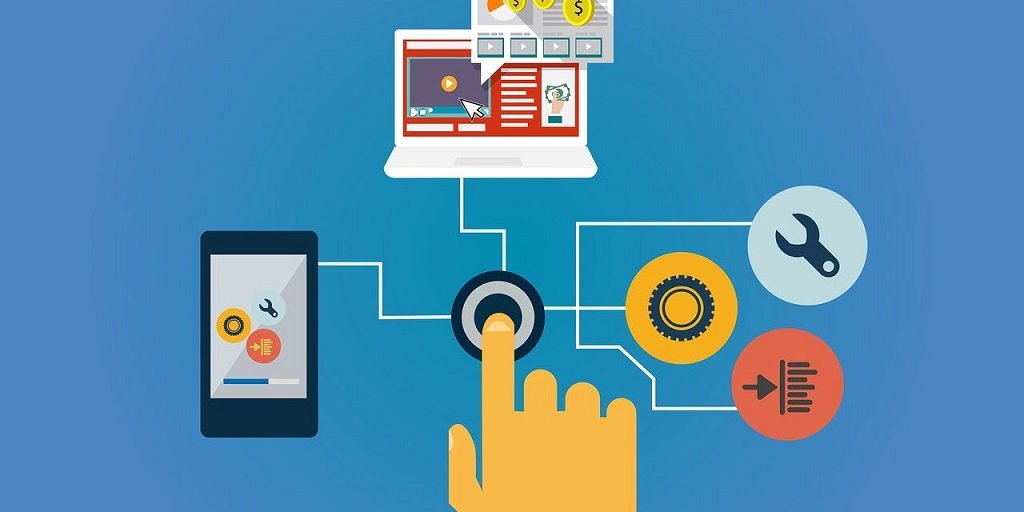Key Takeaways:
- Understanding the benefits and challenges of shifting to accounting automation.
- Identifying practical strategies for integrating automation in business finance.
- Gaining insights into compliance, cloud computing, AI, and workforce training in the context of automated accounting.
- Assessing the return on investment and taking initial steps toward implementing automation character ai.
Accounting automation revolutionizes corporate operations, improving efficiency. Automation lowers manual work and facilitates data-driven decision-making. Bookkeepers become strategic advisers who use insights to make decisions with this transformation. Businesses must automate to improve financial management.
InvoiceSherpa streamlines accounts receivable processes, automating invoicing, reminders, and collections to enhance financial efficiency and accuracy.
The Rise of Accounting Automation
Companies seeking to capitalize on technology must recognize accounting automation’s emergence. Converting from manual bookkeeping to automated accounting system financial software is strategic. These intelligent solutions manage financial transactions, payroll processing, and regulatory compliance more accurately and efficiently than human methods.
Business executives now understand that accounting automation improves productivity and data insights for decision-making. Software development innovations have given small to medium-sized businesses access to capabilities traditionally reserved for huge firms with significant finances.
Challenges and Solutions in Accounting Automation
Accounting automation is appealing, yet it’s difficult to enter. Many avoid this path due to change resistance, job loss fears, and software costs. A proactive strategy that targets these problems directly can overcome them by communicating the benefits, educating workers, and stressing the new strategic employment possibilities automation can generate.
Enhancing Accuracy and Efficiency with Automated Tools
The shift towards accounting automation benefits a company’s operational capabilities. Beyond reducing the mundane tasks of data entry and calculations, automated tools lessen the room for human error that can lead to costly financial misreporting. By employing advanced algorithms, the software ensures that numerical accuracy is maintained, from invoicing to financial reporting, safeguarding the integrity of financial records.
Keeping Up with Compliance and Regulatory Changes
Finance rules change often. Compliance requires companies to adjust quickly or risk steep penalties. Automated systems can quickly adapt to changing laws. Automation protects against non-compliance and helps firms remain ahead.
The Role of Cloud Computing in Accounting Automation
Cloud computing has revolutionized accountancy. Modern technology can handle and store vast amounts of financial data securely, giving decision-makers real-time access to analytical information. Cloud integration with financial apps and tools creates a growth- and scalability-friendly ecosystem.
Integrating Accounting Automation with Existing Systems
A crucial step in embracing accounting automation is its integration with current business systems. Such integration requires a thorough analysis and planning to ensure that data migration is smooth and that the new automated system complements existing workflows. The focus must be on creating a symbiotic relationship between all software tools in use, optimizing the business process as a whole without creating information silos.
The Future of Finance: AI and Machine Learning in Automation
Artificial intelligence (AI) and machine learning will bring a new era for companies and financial institutions. These technologies are not simply a feature of accounting automation but represent a powerful force driving innovation. AI enables more advanced forecasting and budgeting, while machine learning algorithms enhance fraud detection capabilities. Indeed, as noted by Investopedia, these technologies are restructuring back-office operations to be more proactive and predictive.
Building a Skilled Workforce for an Automated Era
The digital transformation by accounting automation calls for a workforce with a new skill set as repetitive tasks are automated and demand analytical and strategic thinking increase. There’s a growing need for professionals who can interpret data, understand the software’s capabilities, and contribute to business strategy. This pivot requires a fresh emphasis on staff training and professional development to utilize these new tools fully.
Cost-Benefit Analysis of Accounting Automation Investment
A cost-benefit analysis is indispensable, considering the initial expenditure required for accounting automation. This involves looking at the immediate fiscal outlay and understanding how long-term savings, increased productivity, and the strategic advantage gained from analytics can significantly outweigh costs. Automation is a prudent investment in the long term because it can lower labor expenses and prevent costly financial blunders.
Getting Started with Accounting Automation: Practical Steps
The journey towards full accounting automation starts with identifying goals and requirements tailored to your business’s unique needs. Critical steps in the implementation process include:
- Selecting the right software.
- Forming a dedicated team to manage the transition.
- Setting a realistic timeline.
Proper planning and execution, reinforced by The Wall Street Journal insights, can ensure a smooth transition and set the foundation for a future where strategic financial management is the norm.

